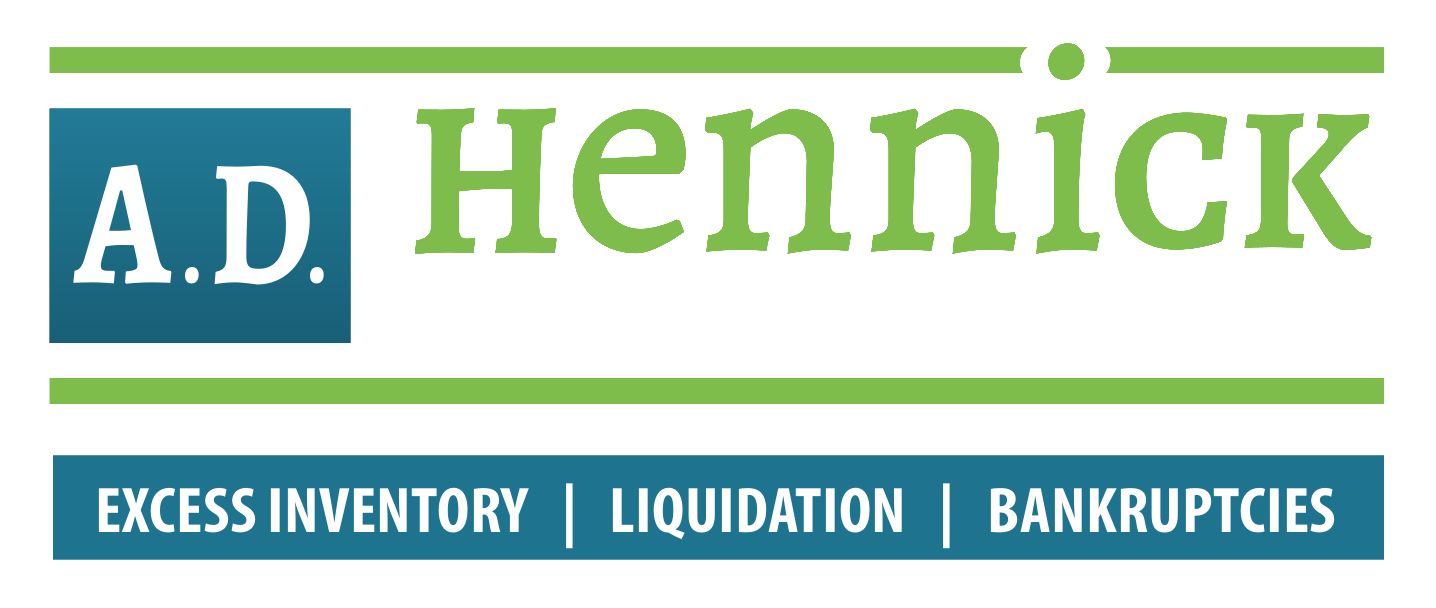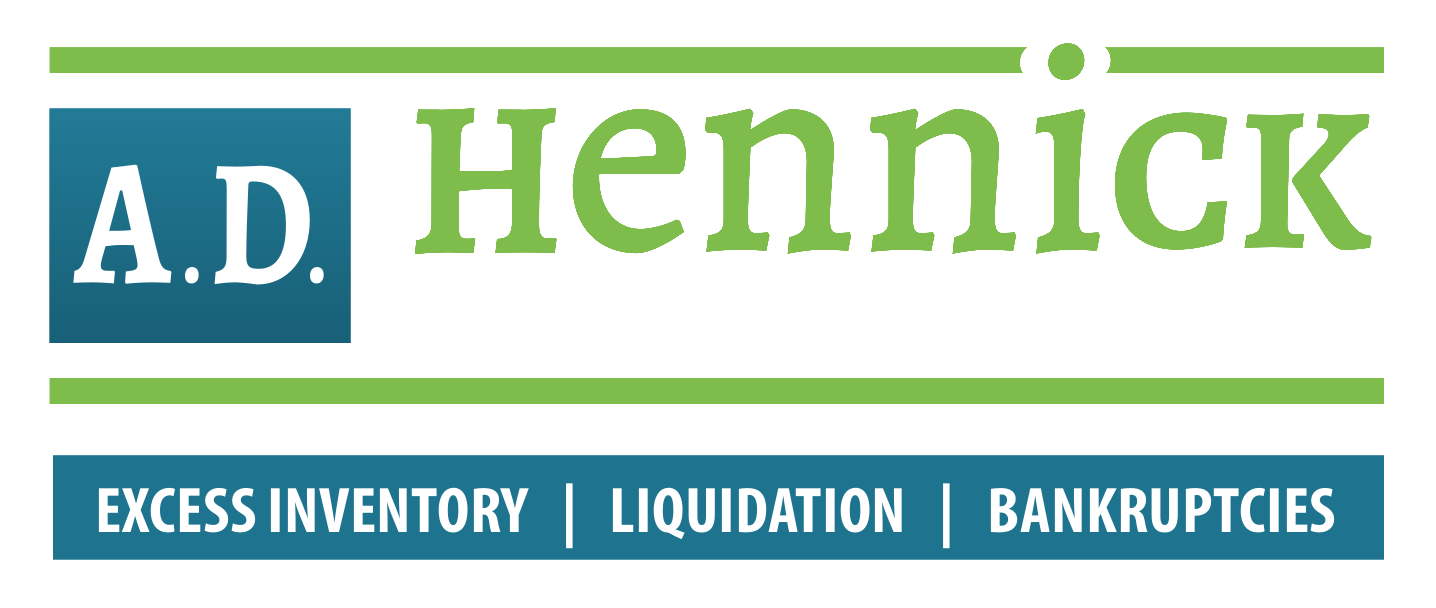What is Panic-Buying?
Panic-Buying or Pandemic-Buying is essentially purchasing in excess during times of crisis.
The economies’ lockdowns during the covid19 pandemic led to consumers and corporations alike- purchasing far more than what was potentially needed. While an end-consumer may have spent a few extra bucks on hand sanitizer, it was larger businesses and corporations that stocked up on a much larger scale.
By The Numbers:
Inaccurate forecasting and value depreciation can lead to write-offs that cut into your overall profits.
Here are a few examples of companies going all-in on pandemic-related inventory and supplies:
- Cardinal Health recorded a charge of $197 million related to excess PPE last quarter. That charge, reflecting expected drops in demand and prices, was the main reason for a net loss in the company’s medical segment at a time when healthcare utilization was rebounding.
- McKesson ran into similar issues. The company donated $155 million of PPE and related products to charitable organizations because it no longer intends to sell them.
- Medical device maker BD noted that excess and obsolete COVID testing inventory cut about 1.5% off the company’s operating margins.
- 3M expects respirator sales in the second half of 2021 to be at least $100 million lower than the previous year.*
- MSC Industrial Supply said it wrote down roughly $30 million worth of excess PPE, which hurt gross profit margin by approximately 390 basis points year-over-year
- Fastenal shared on April 13 that it wrote down nearly $8 million worth of face mask inventory for Q1 in a move that reduced gross profit by 50 basis points.
Often Overlooked
We’re always advising clients to be diligent with their inventory purchasing. Factors such as forecasted demand, depreciation, shelf-life, as well as costs of transportation and warehousing, are often overlooked and prove to be quite costly. While we understand the importance of having enough supply or being well stocked – it’s even more pertinent to do this with the mindset of remaining cash-flow positive.



